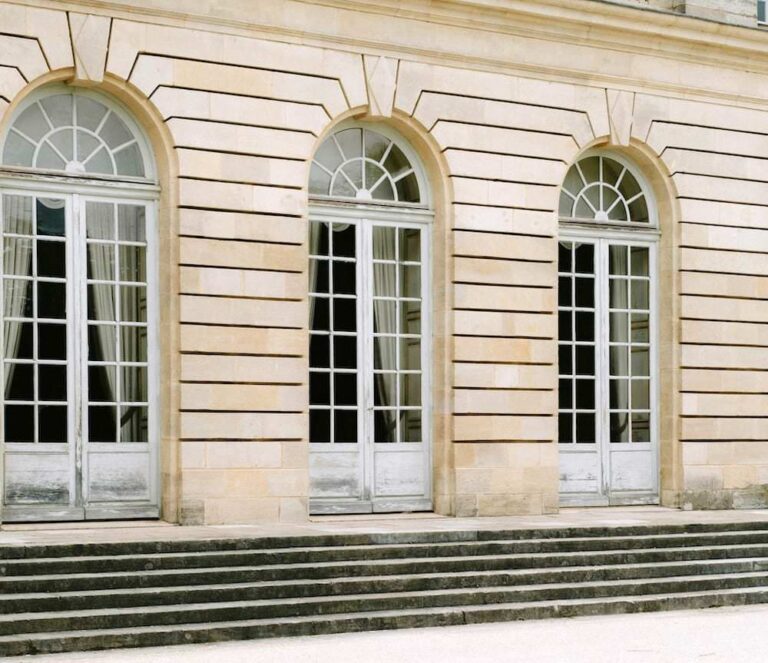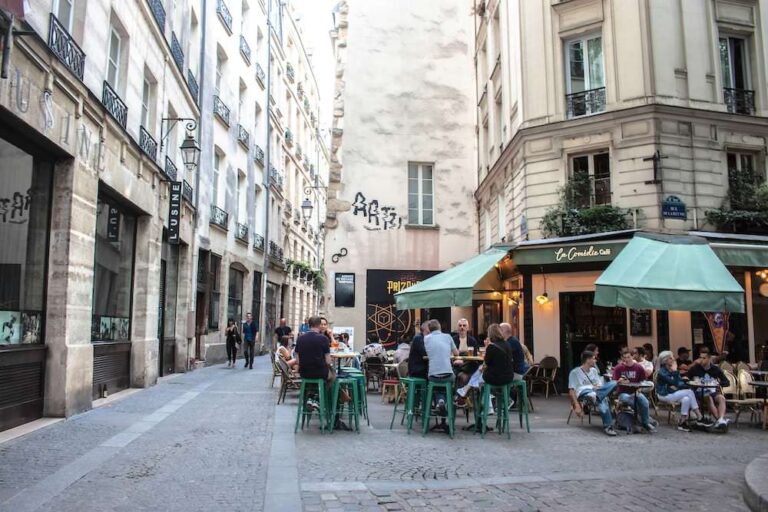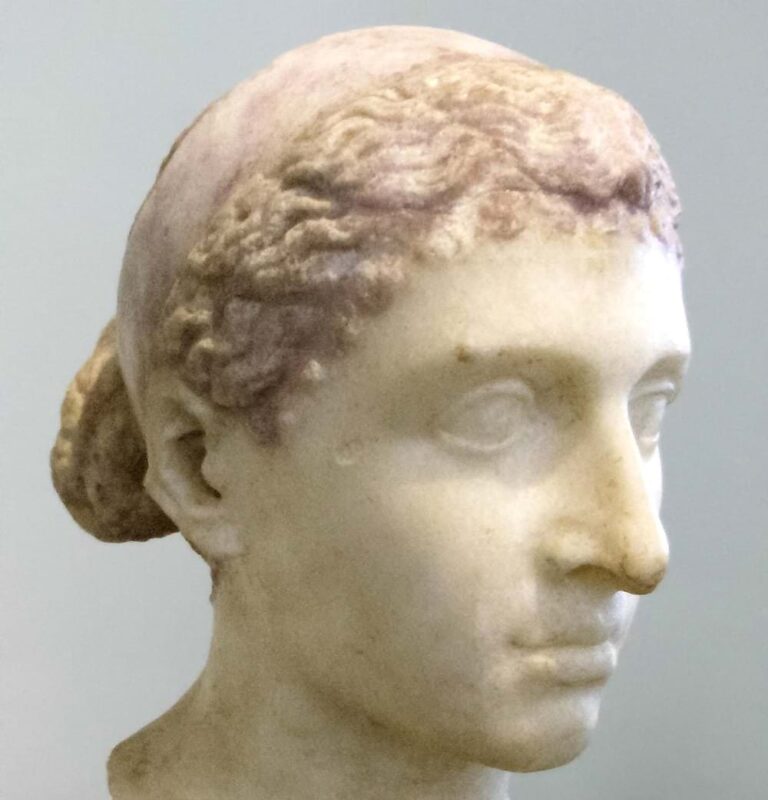Comparative adjectives (2.0)
Understanding Comparative Adjectives in French
When learning French, understanding how to compare people, places, or things is essential. Comparative adjectives allow you to express differences in qualities or characteristics. This article breaks down the basics of forming and using comparative adjectives in French, making it accessible for beginners.
What are Comparative Adjectives?
Comparative adjectives are used to compare two things or people. In French, you can indicate whether something is “more,” “less,” or “equally” a certain quality.
The Structure of Comparatives
In French, the comparative structure depends on the level of comparison:
- More … than: plus … que
- Less … than: moins … que
- As … as: aussi … que
How to Form Comparatives
To form a comparative sentence in French, follow these steps:
1. Identify the Adjective
Choose the adjective that describes the quality you are comparing. For example:
- grand (tall)
- intelligent (intelligent)
2. Place the Comparative Word Before the Adjective
Depending on the level of comparison, use plus, moins, or aussi before the adjective.
3. Add “que” (than/that)
Use que to introduce the second element of the comparison.
Examples
Here are some practical examples:
1. Comparing Two Things:
- More: Paul est plus grand que Marie. (Paul is taller than Marie.)
- Less: Ce livre est moins intéressant que l’autre. (This book is less interesting than the other.)
- As: Jeanne est aussi intelligente que Claire. (Jeanne is as intelligent as Claire.)
2. Agreement of Adjectives:
Remember that adjectives in French must agree in gender and number with the noun they describe:
- Sophie est plus jolie que sa sœur. (Sophie is prettier than her sister.)
- Les fleurs sont aussi belles que les arbres. (The flowers are as beautiful as the trees.)
3. Irregular Comparatives:
Some adjectives have irregular comparative forms:
- bon (good) becomes meilleur(e) (better): Ce restaurant est meilleur que l’autre. (This restaurant is better than the other.)
- mauvais (bad) becomes pire (worse) or sometimes plus mauvais: Ce film est pire que le premier. (This movie is worse than the first.)
Common Mistakes to Avoid
- Forgetting “que”: Always include que when comparing two things.
- Misplacing the adjective: In French, the comparative word (plus, moins, aussi) always comes before the adjective.
- Incorrect agreement: Ensure the adjective matches the gender and number of the noun.
Practice Makes Perfect
Try creating your own comparative sentences using different adjectives. Here are a few to get started:
- Compare the heights of two friends (grand).
- Compare the difficulty of two subjects (difficile).
- Compare the beauty of two places (beau/belle).






